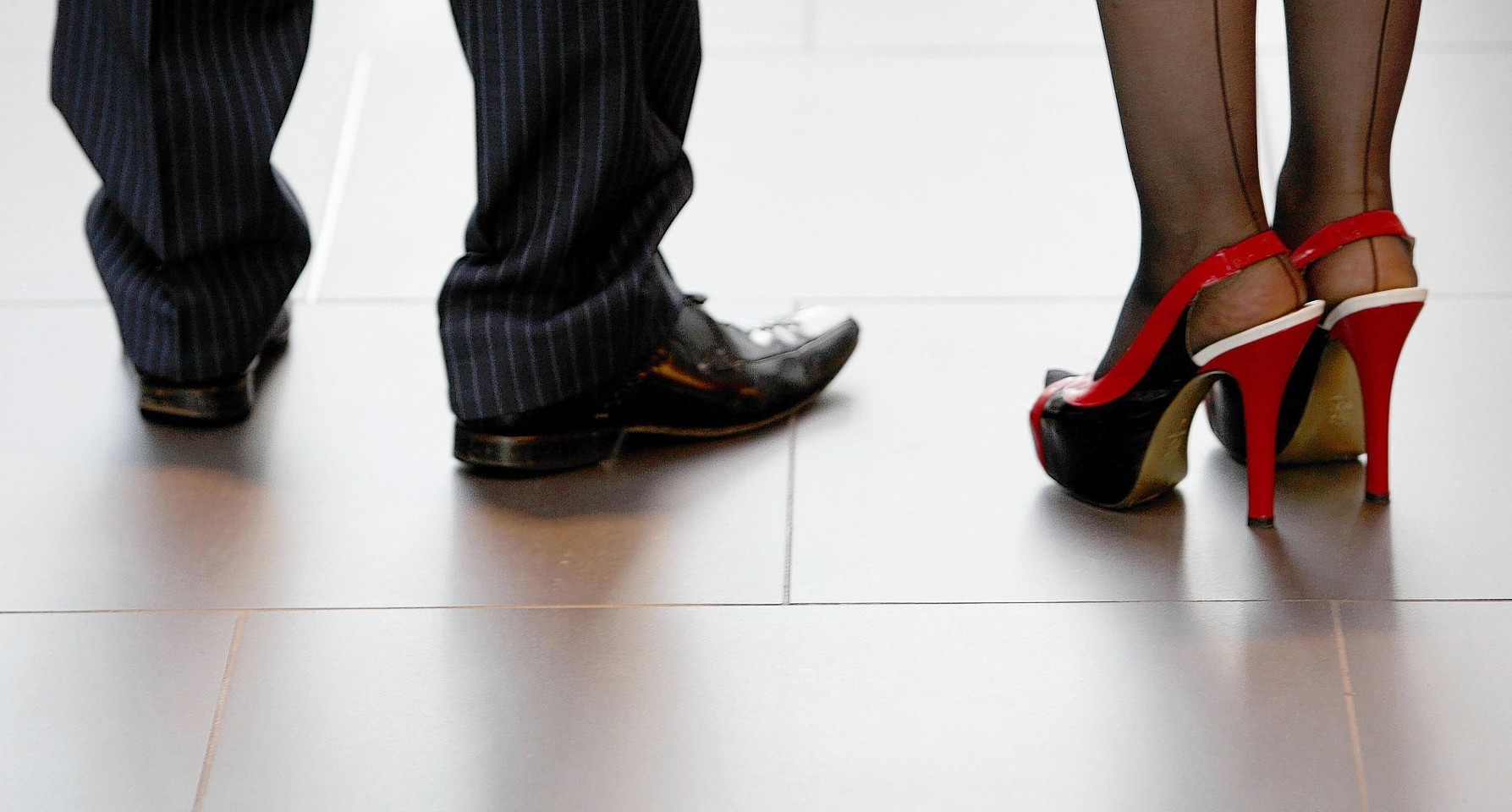Scotland could soon take a further step towards reducing sex discrimination in its boardrooms, with Holyrood seeking new powers to establish quotas for women.
The move is aimed at the top management of public sector organisations, but it is hoped it will set an example for businesses throughout the country and help to end the so-called “glass ceiling” many women can face in their careers.
Scottish Secretary Alistair Carmichael recently launched a UK Government-commissioned review of the role of women in Scotland’s economy.
It also aims to do away with inequalities in workplaces north of the border.
The Scottish Government wants to deliver at least 40% representation of women on public boards.
In a letter to UK Women and Equalities Minister Nicky Morgan seeking the necessary transfer of powers, Scottish Equalities Minister Shona Robison said Holyrood should be allowed to “take definitive positive action that will lead to meaningful change in boardrooms”.
Ms Robison added: “It matters to us that our public authorities are properly reflective of the communities they serve and are exemplars of good practice.
“It is apparent that a number of factors impact on the gender balance of boards, including unconscious bias and indirect discrimination.
“We acknowledge that efforts have been made over a number of years to address these issues.
“However, despite these efforts the statistics show that inequality stubbornly persists on some of our boards and in the majority of chair appointments today.
“The present composition of the majority of our boards does not reflect the proportion of women in Scotland’s population, or the fact that women comprise the majority of graduates.
“It does not reflect the considerable contribution which women make to the economy and to society.
“We feel it is time to take definitive positive action that will lead to meaningful change in our institutions and to finally redressing the imbalance through the introduction of legislative steps to ensure gender diversity on our public boards.”
Scottish Women’s Employment Minister Angela Constance said yesterday the SNP administration was “determined that women in Scotland should have every opportunity to contribute fully to the success of our businesses, our public and third sector organisations and to our economy.”
Ms Constance added: “We want to see women better represented at the highest levels of public authorities.
“That stronger female voice will help challenge persistent inequality.
“We have already said that in an independent Scotland we would take action, backed by legislation if necessary, to ensure at least 40% of places on boards were occupied by women.
“We know there is support for this activity across the political spectrum here in Scotland, and we want to harness that support and expertise around the appointments process to ensure our outcome of gender diverse boards made up of the highest calibre of men and women, is realised.
“With full powers, such legislation to address blatant inequalities would be at our hands.
“Where we can take action more quickly we will. That is why we have again written to the UK Government.
“We do not wish any further delay to our progress towards gender equality.
“With co-operation on this matter, we can make the earliest progress through a section 30 Order which would transfer the necessary legislative competence to the Scottish Parliament.”
Meanwhile, Ms Constance has pledged to take early action to tackle pay inequality in an independent Scotland.
She told parliament yesterday the first task would be to review international best practice and set out proposals for gender pay audits.
This would make a big difference to the lives of women working across the public and private sectors – and support economic growth, she said.
